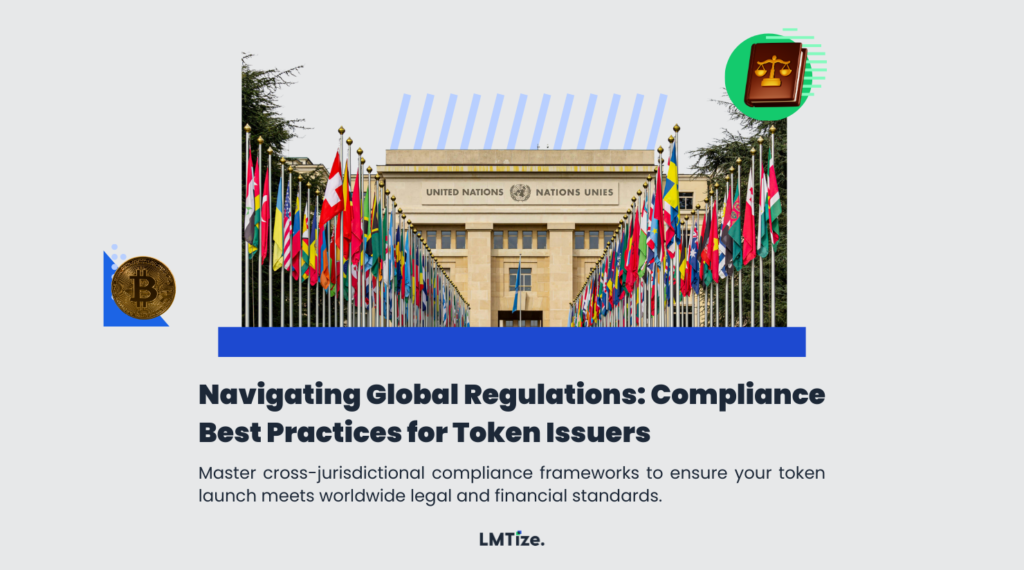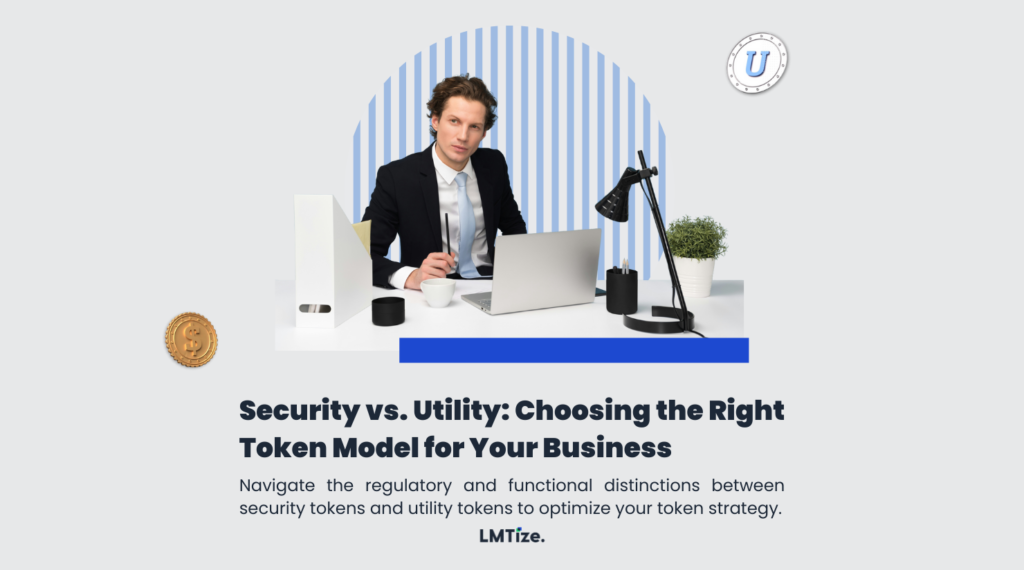Harnessing NFTs for IP Protection: Legal and Tech Perspectives
Introduction: The Role of NFTs in Intellectual Property Protection
The digital economy has introduced both opportunities and challenges in intellectual property (IP) management. While content creators, artists, and brands seek new ways to protect their assets, the rise of Non-Fungible Tokens (NFTs) has emerged as a game-changer in safeguarding digital rights.
NFTs provide indisputable proof of ownership, traceability, and verifiable authenticity through blockchain technology. This article delves into how NFTs are transforming IP protection, legal considerations, real-world applications, and the role of emerging regulatory frameworks in ensuring compliance.
The Challenges of Traditional IP Protection
1. Lack of Transparency and Provenance Issues
- Traditional IP protection methods rely on centralized registries that can be subject to disputes, fraud, or mismanagement.
- Counterfeit products and copyright infringements are prevalent in digital art, music, and creative content.
2. Difficulties in Enforcement and Licensing
- IP holders often struggle to enforce copyrights, trademarks, and patents across international jurisdictions.
- Complex licensing agreements and third-party intermediaries make royalty payments inefficient.
3. Unauthorized Use and Monetization of IP
- Digital content can be copied, shared, and monetized without the original creator’s consent.
- Platforms like YouTube, Instagram, and e-commerce sites frequently face challenges in identifying and compensating rightful owners.
How NFTs Are Revolutionizing IP Protection
1. Verifiable Digital Ownership
- Each NFT contains a unique, immutable record of ownership stored on the blockchain.
- IP holders can mint NFTs to represent art, patents, music, trademarks, and more.
- Example: Beeple’s digital artwork ‘Everydays: The First 5000 Days’ sold for $69M as an NFT, proving blockchain’s ability to verify ownership.
2. Smart Contracts for Automated Licensing and Royalties
- Smart contracts allow automatic execution of licensing agreements without intermediaries.
- Royalties can be programmed into NFTs, ensuring creators receive payments every time their work is resold.
- Example: Musicians like Kings of Leon have released albums as NFTs, embedding royalty distribution into the blockchain.
3. Blockchain-Powered Copyright and Trademark Protection
- NFTs provide a tamper-proof record of originality and ownership, reducing IP disputes.
- Blockchain timestamps serve as legal proof of when an asset was first created or registered.
- Example: Nike patented ‘CryptoKicks,’ an NFT-based system to authenticate physical sneakers and combat counterfeiting.
4. Reducing Piracy and Unauthorized Distribution
- Digital files linked to NFTs cannot be duplicated or altered, ensuring content integrity.
- Streaming services and publishers are exploring NFT-based access controls to restrict unauthorized distribution.
- Example: Filmmakers are tokenizing movie rights, allowing exclusive viewing through blockchain-based access passes.
Case Studies: Real-World Adoption of NFTs for IP Protection
Case Study 1: TIME Magazine’s NFT-Based Digital Rights
- TIME Magazine tokenized historic magazine covers as NFTs, allowing collectors to own digital artifacts.
- Impact: Established a new revenue model while securing provenance for digital media.
Case Study 2: Warner Music Group’s NFT Licensing Deals
- Warner Music partnered with NFT platforms to license music rights to digital collectibles and metaverse experiences.
- Impact: Introduced a decentralized way for artists to control and monetize their content.
Case Study 3: IBM’s Blockchain Patent Verification
- IBM developed a blockchain-based IP protection system that tokenizes patents as NFTs, making patent ownership immutable.
- Impact: Increased efficiency in patent filing and ensured authenticity in global IP transactions.
Legal Considerations for NFT-Based IP Protection
1. Jurisdiction and Compliance Challenges
- IP laws vary by country, and NFTs introduce cross-border legal complexities.
- Courts must determine how smart contracts align with existing copyright and patent laws.
2. Securities and Taxation Implications
- Some NFTs may be classified as securities or investment contracts, triggering regulatory scrutiny.
- Governments are exploring taxation policies on NFT sales and royalties.
3. IP Ownership vs. Token Ownership
- Purchasing an NFT does not always grant full IP rights; terms must be explicitly stated in the smart contract.
- Example: Bored Ape Yacht Club (BAYC) NFTs allow owners to monetize the artwork, but some collections retain creator-controlled copyrights.
4. Regulatory Developments in NFT Governance
- The EU’s MiCA framework, the SEC’s securities classification, and China’s NFT restrictions are shaping NFT regulations.
- Standardized licensing frameworks are needed to establish NFT-based copyright laws.
LMTize: Pioneering NFT Solutions for IP Protection
LMTize is a leading blockchain and tokenization agency, offering cutting-edge solutions for NFT-based intellectual property protection. Our expertise in smart contract automation, digital rights management, and compliance-driven tokenization ensures that creators, businesses, and institutions can safeguard their assets effectively.
With LMTize, you can mint, track, license, and monetize your intellectual property securely using blockchain technology.
Frequently Asked Questions (FAQs)
How do NFTs protect intellectual property?
- NFTs store immutable proof of ownership and authenticity on the blockchain, preventing unauthorized use.
Can NFTs replace traditional copyright protection?
- NFTs complement existing copyright laws but do not automatically grant IP rights unless explicitly stated.
What types of intellectual property can be tokenized?
- Art, music, trademarks, patents, digital media, books, films, and software licenses can all be tokenized.
Do NFT buyers own the IP rights of the digital asset?
- Not necessarily; ownership terms depend on smart contract specifications and licensing agreements.
How do smart contracts enforce IP rights?
- Smart contracts can automate royalty payments, licensing agreements, and restricted access to content.
Are NFTs legally recognized as proof of ownership?
- While blockchain timestamps provide strong evidence, courts are still adapting to NFT-based legal claims.
How does LMTize help with NFT-based IP protection?
- LMTize provides custom NFT solutions, legal advisory, and blockchain integrations for secure IP tokenization.
What are the risks of using NFTs for IP protection?
- Regulatory uncertainty, smart contract vulnerabilities, and misinterpretation of rights are key challenges.
How do NFT royalties work for content creators?
- Royalties are automatically distributed to creators each time an NFT is resold, ensuring ongoing compensation.
Where can I learn more about NFT regulations and IP protection?
- Follow LMTize, SEC updates, EU MiCA policies, and leading blockchain law firms for the latest developments.
Conclusion: The Future of NFT-Based IP Protection
NFTs are transforming intellectual property rights, enabling creators to secure, track, and monetize their assets in unprecedented ways. As blockchain technology matures and legal frameworks adapt, NFT-based IP protection is set to become the standard for digital ownership and licensing.
With LMTize at the forefront, businesses and creators can confidently navigate this new era of digital rights management and unlock sustainable monetization models for intellectual property.




